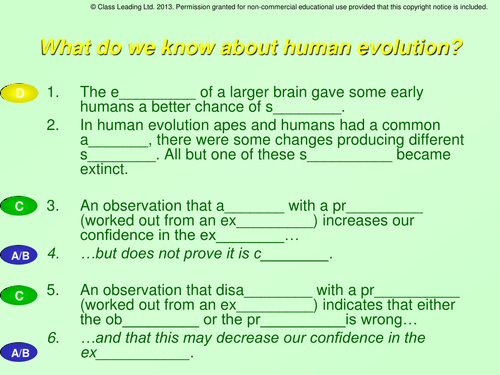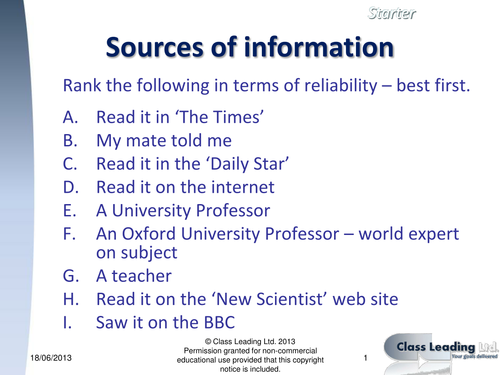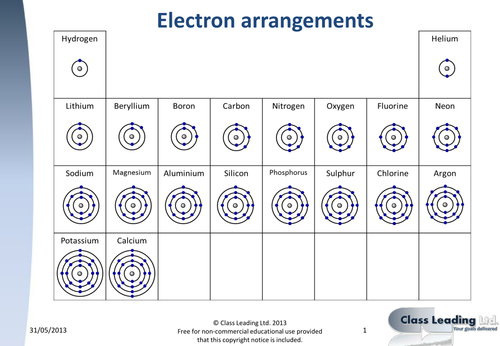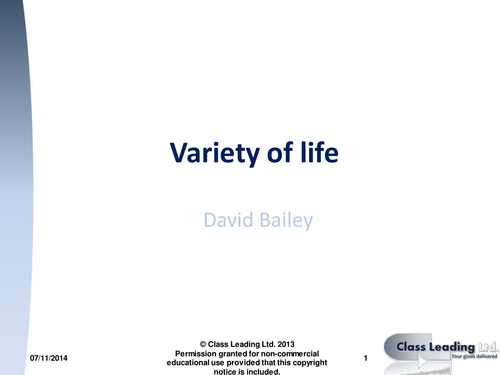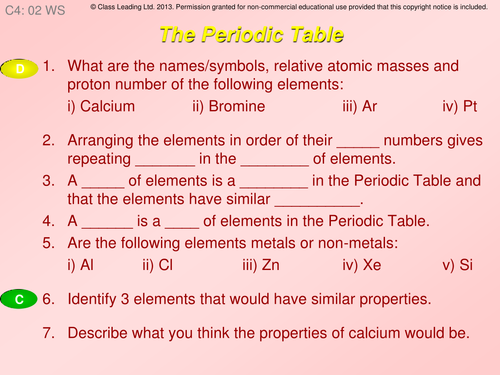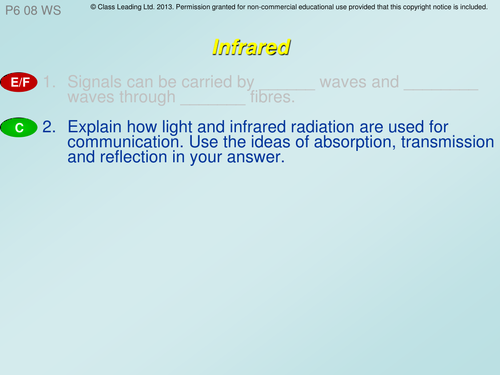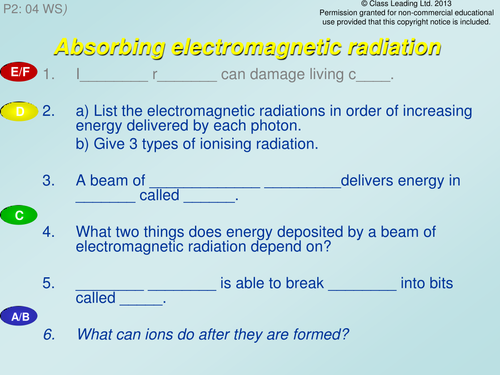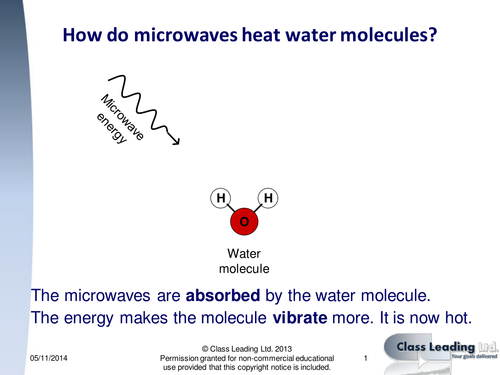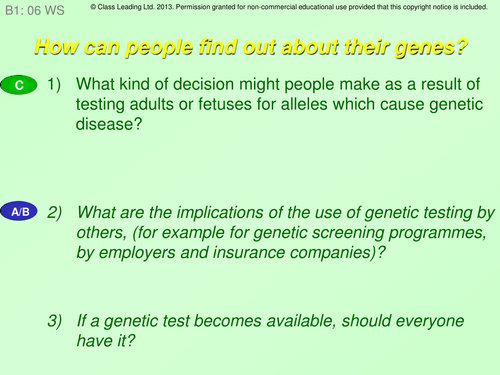312Uploads
257k+Views
193k+Downloads
All resources

Experiment: Tangerine mystery
In this video, which is aimed at pupils in KS4, a tangerine is shown. Firstly it is weighed, then is shown floating on water. Then it is peeled, weighed again, and then pupils are asked to predict what will happen when it is placed in water. There is an element of surprise in the video that aims to help challenge preconceptions that they might hold.

Experiment: Making a fruit 'battery'
In this video, which is aimed at KS3/4 pupils, a fruit ‘battery’ is shown. The ‘battery’ has been made with different pairs of metals for the electrodes. Readings are shown in the video for the potential difference (voltage) across the electrodes for each pair. Pupils can then consider the connection between reactivity of the metals and the results of the experiment.

Experiment: Stretching a rubber band
This is a video aimed at pupils in KS3/4 that shows an experiment of a rubber band being stretched. The stretching happens when masses are added to the end of the band.
There is an introduction the experiment, which aims to help pupils understand the most important ideas.
After each mass is added the rubber band, the video zooms in on the scale to allow pupils to read this.
This can form the basis of a graphing activity to find the relationship between the masses added and the extension of the rubber band. Unlike the linear relationship of the spring, there are some differences in the way the band extends, particularly towards the start and end of the experiment.
There is a PowerPoint slideshow to help focus the activity if used in a classroom.
This resource forms part of a sequence with two other resources:
https://www.tes.com/teaching-resource/experiment-measuring-the-weight-of-masses-12952546
https://www.tes.com/teaching-resource/experiment-stretching-a-metal-spring-12952559
This resource

Experiment: Measuring the weight of masses
This video is aimed at pupils at KS3/4. It shows a video of an experiment where 100g masses are put onto a forcemeter, calibrated in newtons. It allows the measurement of the force for each mass. There are questions to focus pupils on the relationship between the masses and the weight. It can be used as a graphing exercise to calculate the value of the constant ‘g’.
There is a PowerPoint slideshow to help focus the activity if used in a classroom.
This resource forms part of a sequence with two other resources:
This resource
https://www.tes.com/teaching-resource/experiment-stretching-a-metal-spring-12952559
https://www.tes.com/teaching-resource/experiment-stretching-a-rubber-band-12952565

Experiment: Stretching a metal spring
This is a video aimed at pupils in KS3/4 that shows an experiment of a metal spring being stretched. The stretching happens when masses are added to the end of the spring.
There is an introduction the experiment, which aims to help pupils understand the most important ideas.
After each mass is added the spring, the video zooms in on the scale to allow pupils to read this.
This can form the basis of a graphing activity to find the relationship between the masses added and the extension of the spring.
There is a PowerPoint slideshow to help focus the activity if used in a classroom.
https://www.tes.com/teaching-resource/experiment-measuring-the-weight-of-masses-12952546
This resource
https://www.tes.com/teaching-resource/-12952565

Experiment - flying bat circular motion
This video is aimed at pupils in KS4 and students in KS5. It shows a model flying bat, attached by a string to a point, flying in a circle. The video poses questions about the motion of the bat and the forces, including the centripetal force, involved in the motion.
The activity includes a PowerPoint slideshow with questions and answers.

Human evolution - graded questions
This activity contains a powerpoint with graded questions & answers and matching pupil activity sheets, designed to be used at the end of a lesson and/or the start of the next lesson to review previous learning. The questions are based on the previous OCR 21st Century Science Specification unit B3, although could be used with other exam boards.
Clicking through the show reveals answers one a time. These reduce to A5 easily, the ideal size for most pupils. Please note grades are approximate.

Current in a series circuit - graded questions
This activity contains a powerpoint with graded questions & answers and matching pupil activity sheets, designed to be used at the end of a lesson and/or the start of the next lesson to review previous learning. The questions are based on the previous OCR 21st Century Science Specification unit P5, although could be used with other exam boards.
Clicking through the show reveals answers one a time. These reduce to A5 easily, the ideal size for most pupils. Please note grades are approximate.

Sources of information - starter
This resource is an was originally designed for instant engagement, to be on display on entry to the room. The students are given a period of time (say 3 minutes) to rank order the sources of information. This works well in groups with mini-whiteboards. The teacher then asks students to indicate whether each source was in the top 3, middle 3 or bottom 3 – e.g. by show of hands. This supports a discussion on reliability and disagreement between groups provides chance for cognitive conflict and students explaining their reasoning. It was originally designed as a starter to LSS activity 3.1

Electron arrangement worksheet
This resource contains a worksheet and answer sheet for showing the electron arrangements of the first 20 elements.
A premium resource is also available that shows an animated PowerPoint slideshow and has a variety of different sheets with various levels of scaffolding to support learners. This can be found here: https://www.tes.com/teaching-resource/-12957111

Variety of life - graded questions
This activity contains a powerpoint with graded questions & answers and matching pupil activity sheets, designed to be used at the end of a lesson and/or the start of the next lesson to review previous learning. The questions are based on the previous OCR 21st Century Science Specification unit B3, although could be used with other exam boards.
Clicking through the show reveals answers one a time. These reduce to A5 easily, the ideal size for most pupils. Please note grades are approximate.

Periodic table - graded questions
This activity contains a powerpoint with graded questions & answers and matching pupil activity sheets, designed to be used at the end of a lesson and/or the start of the next lesson to review previous learning. The questions are based on the previous OCR 21st Century Science Specification unit C4, although could be used with other exam boards.
Clicking through the show reveals answers one a time. These reduce to A5 easily, the ideal size for most pupils. Please note grades are approximate.

Air quality & health (1) - graded questions
This activity contains a powerpoint with graded questions & answers and matching pupil activity sheets, designed to be used at the end of a lesson and/or the start of the next lesson to review previous learning. The questions are based on the previous OCR 21st Century Science Specification unit C1, although could be used with other exam boards.
Clicking through the show reveals answers one a time. These reduce to A5 easily, the ideal size for most pupils. Please note grades are approximate.

Infrared - graded questions
This activity contains a powerpoint with graded questions & answers and matching pupil activity sheets, designed to be used at the end of a lesson and/or the start of the next lesson to review previous learning. The questions are based on the previous OCR 21st Century Science Specification unit P6, although could be used with other exam boards.
Clicking through the show reveals answers one a time. These reduce to A5 easily, the ideal size for most pupils. Please note grades are approximate.

Power, fuses & cables - graded questions
This activity contains a powerpoint with graded questions & answers and matching pupil activity sheets, designed to be used at the end of a lesson and/or the start of the next lesson to review previous learning. The questions are based on the previous OCR 21st Century Science Specification unit P5, although could be used with other exam boards.
Clicking through the show reveals answers one a time. These reduce to A5 easily, the ideal size for most pupils. Please note grades are approximate.

Ionic theory - graded questions
This activity contains a powerpoint with graded questions & answers and matching pupil activity sheets, designed to be used at the end of a lesson and/or the start of the next lesson to review previous learning. The questions are based on the previous OCR 21st Century Science Specification unit C4, although could be used with other exam boards.
Clicking through the show reveals answers one a time. These reduce to A5 easily, the ideal size for most pupils. Please note grades are approximate.

Absorbing EM radiation - graded questions
This activity contains a powerpoint with graded questions & answers and matching pupil activity sheets, designed to be used at the end of a lesson and/or the start of the next lesson to review previous learning. The questions are based on the previous OCR 21st Century Science Specification unit P2, although could be used with other exam boards.
Clicking through the show reveals answers one a time. These reduce to A5 easily, the ideal size for most pupils. Please note grades are approximate.

Climate change (1) - graded questions
This activity contains a powerpoint with graded questions & answers and matching pupil activity sheets, designed to be used at the end of a lesson and/or the start of the next lesson to review previous learning. The questions are based on the previous OCR 21st Century Science Specification unit P2, although could be used with other exam boards.
Clicking through the show reveals answers one a time. These reduce to A5 easily, the ideal size for most pupils. Please note grades are approximate.

Microwave heating - animated powerpoint model
This is a simple single slide with an animated water molecule to represent what happens when water absorbs microwave radiation.
With more able learners, they could evaluate the model used for accuracy.

Finding out about genes - graded questions
This activity contains a powerpoint with graded questions & answers and matching pupil activity sheets, designed to be used at the end of a lesson and/or the start of the next lesson to review previous learning. The questions are based on the previous OCR 21st Century Science Specification unit B1, although could be used with other exam boards.
Clicking through the show reveals answers one a time. These reduce to A5 easily, the ideal size for most pupils. Please note grades are approximate.







